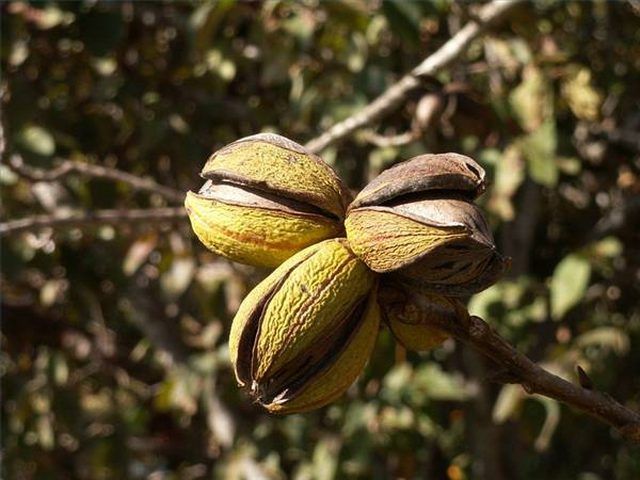Bulbs
Flower Basics
Flower Beds & Specialty Gardens
Flower Garden
Garden Furniture
Garden Gnomes
Garden Seeds
Garden Sheds
Garden Statues
Garden Tools & Supplies
Gardening Basics
Green & Organic
Groundcovers & Vines
Growing Annuals
Growing Basil
Growing Beans
Growing Berries
Growing Blueberries
Growing Cactus
Growing Corn
Growing Cotton
Growing Edibles
Growing Flowers
Growing Garlic
Growing Grapes
Growing Grass
Growing Herbs
Growing Jasmine
Growing Mint
Growing Mushrooms
Orchids
Growing Peanuts
Growing Perennials
Growing Plants
Growing Rosemary
Growing Roses
Growing Strawberries
Growing Sunflowers
Growing Thyme
Growing Tomatoes
Growing Tulips
Growing Vegetables
Herb Basics
Herb Garden
Indoor Growing
Landscaping Basics
Landscaping Patios
Landscaping Plants
Landscaping Shrubs
Landscaping Trees
Landscaping Walks & Pathways
Lawn Basics
Lawn Maintenance
Lawn Mowers
Lawn Ornaments
Lawn Planting
Lawn Tools
Outdoor Growing
Overall Landscape Planning
Pests, Weeds & Problems
Plant Basics
Rock Garden
Rose Garden
Shrubs
Soil
Specialty Gardens
Trees
Vegetable Garden
Yard Maintenance
Why Do Pecans Rot in the Shells While on the Tree?
Why Do Pecans Rot in the Shells While on the Tree?. The pecan tree and its popular, sweet, and nutritious nuts are native to North America. The tree is susceptible to more than 20 fungal diseases, two of which can cause the pecan nut to rot on the branch.

Introduction
The pecan tree and its popular, sweet, and nutritious nuts are native to North America. The tree is susceptible to more than 20 fungal diseases, two of which can cause the pecan nut to rot on the branch.
Rotting Diseases
Phytophthora shuck and kernel rot is a fungal disease that attacks many types of trees, particularly the pecan tree. When it infects a pecan tree, it tends to attack the shuck (the hard, green shell around an immature nut) and the nut kernel. The infected nuts tend to turn black and spongy. The disease is caused by the fungus phytophtora cactorum. The disease usually spreads with rain in the humid climate of the Southeastern United States. It's a relatively new disease, discovered in the late 1980s.
Pecan scab, consider the pecan tree's most virulent disease, is another fungus that causes the pecan to rot on the tree. Caused by cladosporium caryigenum, this fungus infection attacks the shuck, twigs and leaves of the tree. Scab is a common problem for pecan grows all over the continent. It was discovered in 1888.
Fighting Pecan Disease
The most common way to fight these rotting diseases is by spraying orchards with fungicide. Pecan scab requires that farmers spray their crops about nine to eleven times per growing season, starting when the leaves first bud on the trees in April, all the way through the end of the harvest. It is extremely expensive for farmers to spray this often. Scientists are researching ways to reduce costs associated with fighting the disease. Phytophthora begins infecting pecan trees in September, so it requires fewer fungicide treatments through the year.